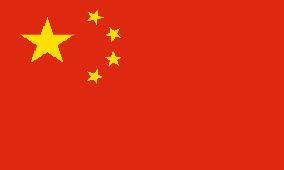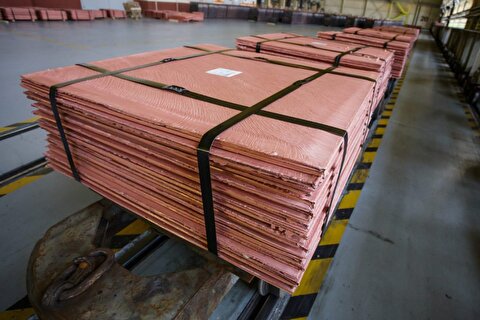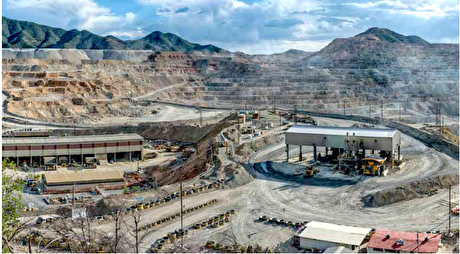
Spotlight on Shandong: New petchem complexes threaten China's oldest refining cluster

Shandong province has been the Texas of China's oil refining sector for decades, having survived multiple government crackdowns and stiff competition from state-run refiners, to carve out their own niche in the global oil market.
But China's small independent refiners, nearly 80% of whom are in Shandong, may have found their biggest adversary yet -- the rise of a new class of greenfield mega-refineries along the coast of its adjacent provinces.
The Hengli, Rongsheng and Shenghong Groups -- diversified conglomerates with large textile manufacturing operations -- have reverse integrated their petrochemical demand to build some of the largest oil refineries in China. For one of the refining complexes -- Rongsheng's Zhejiang Petrochemical -- an entire island offshore Zhoushan city was reclaimed.
The mega-refineries have nearly 1.6 million b/d of refining capacity between them, nearly half of the total refining capacity of Shandong's small independent refiners combined. They are located in the coastal provinces of Liaoning, Zhejiang and Jiangsu, giving them unfettered tidewater access.
These petrochemical complexes will be the largest refineries ever built by private corporations in China, and rival some of the biggest individual refineries of state-owned Sinopec in terms of capacity and production of petroleum products as well as transportation fuels.
Such economies of scale are expected to push Chinese refining capacity into oversupply, and despite exports, put the most uneconomical refiners out of business -- mostly small-scale independents in Shandong.
"This is the darkest moment in the independent refining industry for decades," a general manager with an independent refinery in Guangrao, a county in northern Shandong and hometown of Sun Tzu, author of The Art of War, the epic tome on Chinese military strategy, said.
Many independents will be in desperate need for survival strategies.
"It is difficult to compete. Just the good location of the new refining complexes along the coast will help them save about Yuan 200/mt ($28.20/mt) on fuel export logistics in addition to their economies of scale," the manager, a 20-year industry veteran said, but declined to be named.
TWO-THIRDS OF INDEPENDENTS AT RISK
At the annual APPEC oil conference in Singapore the spotlight typically falls on oil majors and big producers. But in 2016, a group of little known Chinese independent refiners with capacities ranging from 40,000 b/d to 50,000 b/d had launched the China Independent Refinery Trade Organization for purchasing crude in the oil trading hub, stole the limelight.
The attention was warranted -- Beijing's market reforms had allowed non-state refineries to import crude for the first time in decades, and in 2016, the independents were importing an average of 1.16 million b/d, which was as much as some countries.
Independent refineries were the new face of China's oil demand, accounting for over a fifth of China's total refining capacity and crude throughput in 2017, and 80% of the country's oil import growth in the same year. They were also the drivers of growth in global oil demand at a time when demand from many countries were lagging.
Pacific Commerce, the trading arm of Dongming Petrochemical, led the effort to buy crude for several smaller Shandong refiners, attracting everybody from top commodity traders to oil majors.
At their peak, Shandong's independents had a capacity of nearly 3.5 million b/d in 2019, around 3.5% of global refining capacity and about 25% of China's total refining capacity. But now, the private petrochemical complexes have them in a corner.
Shandong's independents have a wide range of capacities. Plants smaller than 2 million mt/year (40,000 b/d) are highly at risk, given the provincial government's plan to upgrade the industry and halt the expansion plans for small units.
Mid-sized independents, with capacities ranging from 2 million mt/year to 7.5 million mt/year (150,000 b/d), shorter process chains and simple product yields, are next at risk.
Large complex refineries have long process chains with 20 processing units and 50 steps to produce 100 products, while smaller plants can have just two refining units, and three steps to produce four petroleum products.
In 2019, there were about 69 refineries in China with a capacity of less than 2 million mt/year, according to local data provider Longzhong, and about 80% of these were in Shandong. Their capacity totaled around 57.48 million mt/year (1.1 million b/d), with an average size of 830,000 mt/year (16,600 b/d).
About one-third of Shandong's 50-plus independent refineries between 40,000 b/d to 150,000 b/d can be weeded out, a refiner from the Boxing county estimated. That's another 50 million mt/year (approximately 1 million b/d) of capacity at risk of becoming redundant.
Put together, around two-thirds of Shandong's refining capacity are at risk.
FURTHER CONSOLIDATION
Shandong's independents cannot be written off just yet, and many variables lie ahead.
"There will be profound adjustment in the refining industry as they cut capacity" and "finance is the biggest issue," executives from refinery clusters in the Dongying and Boxing counties told S&P Global Platts on an industry tour of Shandong.
They said some independents could be completely weeded out, while others with access to funds will upgrade. Mergers and acquisitions will trigger consolidations in some counties, while others could still be fused into larger refining complexes.
With Beijing halting approvals for small-scale CDUs, only refineries larger than 10 million mt/year are being sanctioned, requiring billions in investment. Some Shandong refiners said they have the option to build greenfield refineries and do not need to exit the petroleum business altogether.
For instance, the Shandong government is backing a plan for a 400,000 b/d greenfield refining and petrochemical project on Yulong Island in Yantai City by 2022, with investments pooled from independents that currently have crude import quotas. Raising funds however, will not be a piece of cake.
Click here for full-size infographic


Gold price eases after Trump downplays clash with Fed chair Powell

Copper price hits new record as tariff deadline looms

Chile’s 2025 vote puts mining sector’s future on the line

Brazil producers look to halt pig iron output as US tariff threat crimps demand

Gold price could hit $4,000 by year-end, says Fidelity

Three workers rescued after 60 hours trapped in Canada mine

US targets mine waste to boost local critical minerals supply

Glencore workers brace for layoffs on looming Mount Isa shutdown

Column: EU’s pledge for $250 billion of US energy imports is delusional

Trump tariff surprise triggers implosion of massive copper trade

Maxus expands land holdings at Quarry antimony project in British Columbia

BHP, Vale accused of ‘cheating’ UK law firm out of $1.7 billion in fees

Southern Copper eyes $10.2B Mexico investment pending talks

American Tungsten gets site remediation plan approved for Ima mine in Idaho

Kinross divests entire 12% stake in Yukon-focused White Gold

Gold price could hit $4,000 by year-end, says Fidelity

Southern Copper expects turmoil from US-China trade war to hit copper

Ramaco Resources secures five year permit for Brook rare earth mine in Wyoming

Column: EU’s pledge for $250 billion of US energy imports is delusional

Trump tariff surprise triggers implosion of massive copper trade

Maxus expands land holdings at Quarry antimony project in British Columbia

BHP, Vale accused of ‘cheating’ UK law firm out of $1.7 billion in fees

Southern Copper eyes $10.2B Mexico investment pending talks

American Tungsten gets site remediation plan approved for Ima mine in Idaho

Kinross divests entire 12% stake in Yukon-focused White Gold

Gold price could hit $4,000 by year-end, says Fidelity

Southern Copper expects turmoil from US-China trade war to hit copper

Ramaco Resources secures five year permit for Brook rare earth mine in Wyoming














